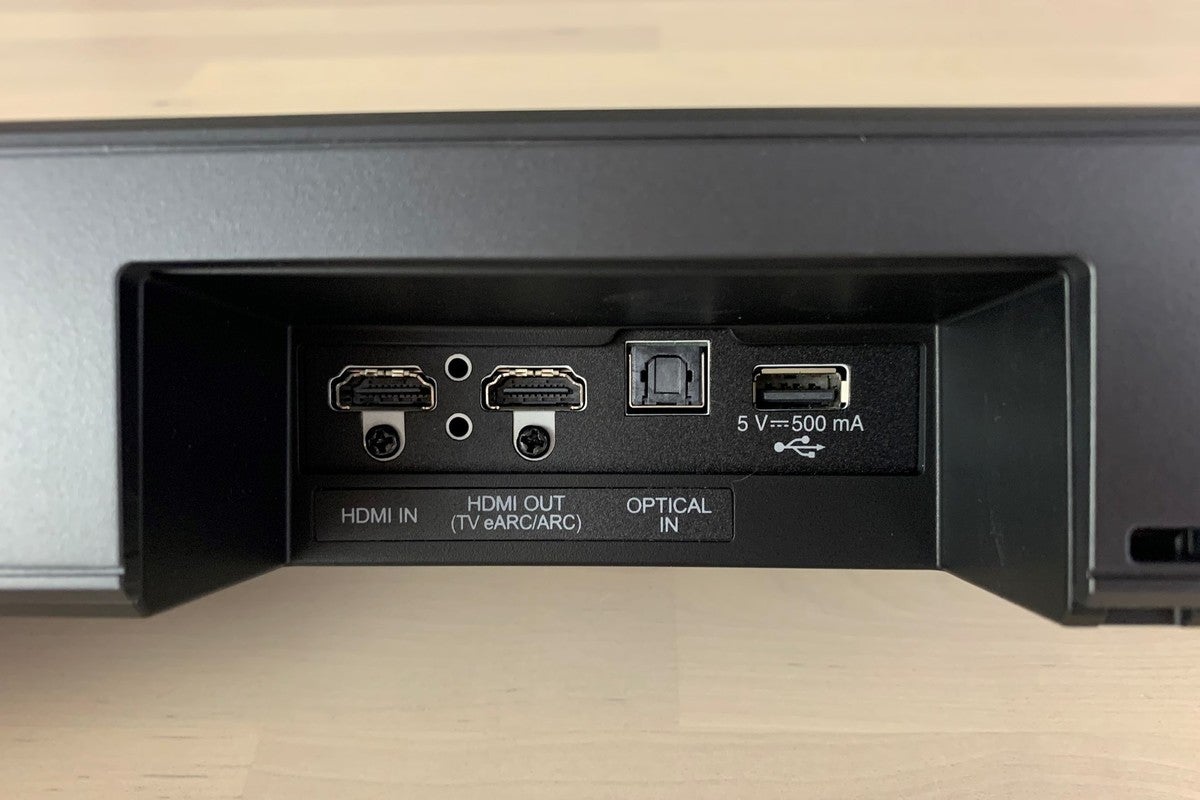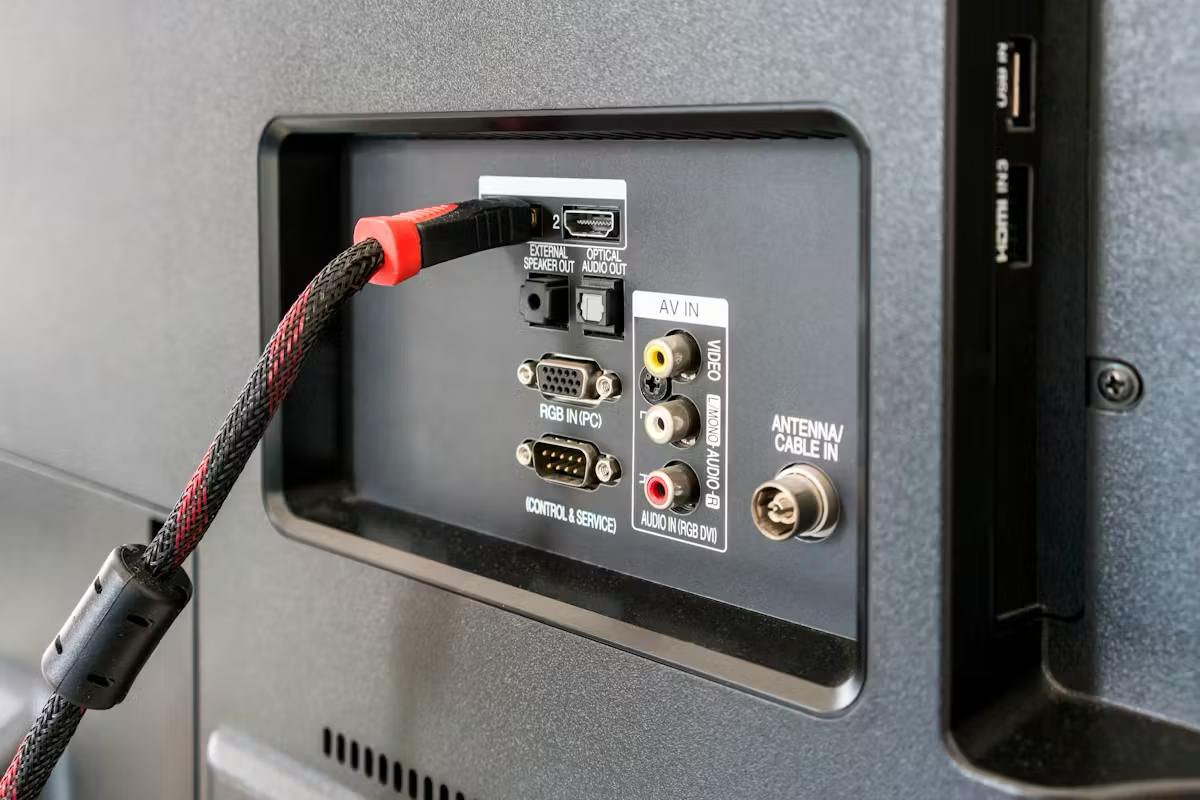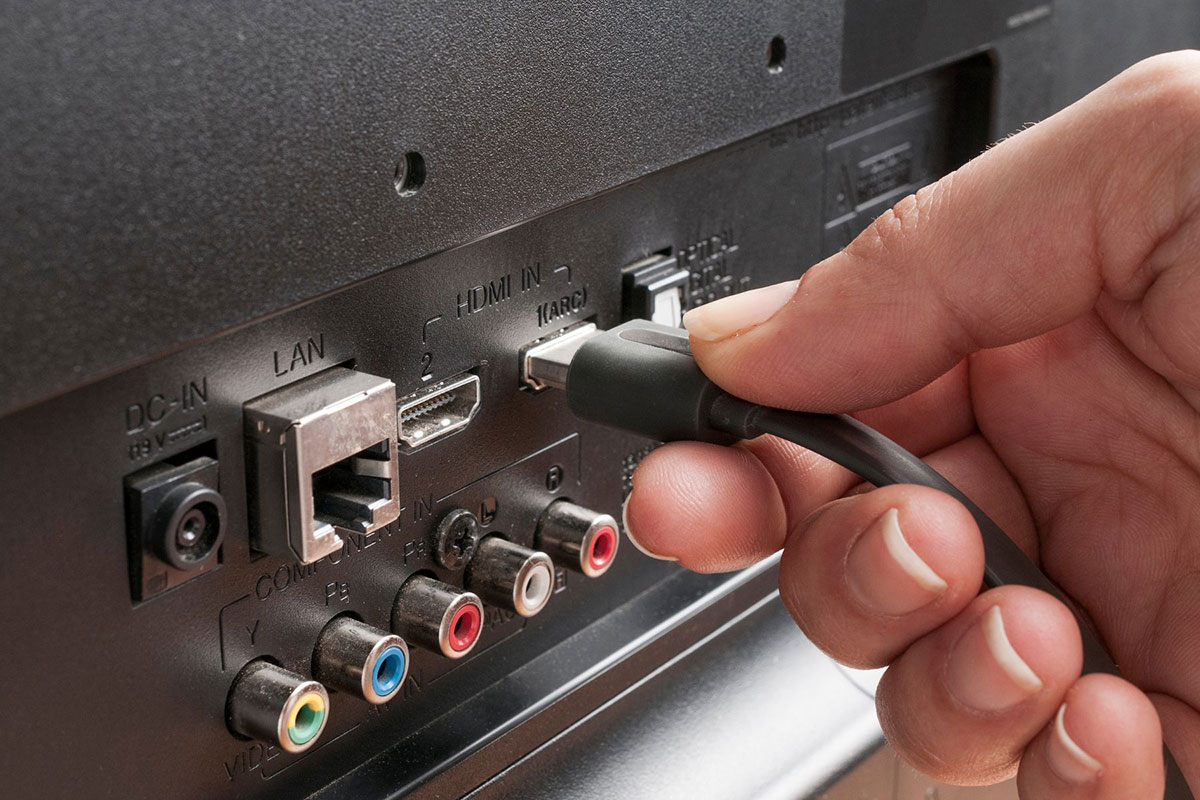Which came first, the chicken or the egg? When you need to connect an audio bar to your TV via HDMI, there are two ways to do it and the mess is guaranteed. Depending on the purpose for which you intend to use it, or even on the technical specifications of the sound bar and the TV, it will be better to connect it one way or the other, which we will explain step by step in this tutorial so that no one gets confused.
First of all, we need to know whether our TV has ARC or eARC ports, in the case of the sound bar this is not necessary as practically all of them have this specification. What we need to know about the sound bar is how many HDMI output ports and how many input ports it has. For example, lower-end bars have only one input and one output, while higher-end bars have 2 or 3 HDMI inputs. Now let’s look at the two connection methods.

Connect the sound bar via HDMI to the TV and all devices to the sound bar.
This would be the purest option and usually the most recommended for cinema use. In principle, this is the best idea because the job of soundbars, as their name suggests, is to decode the sound, so – especially at the high-end – we will have no problems with audio codecs and we will be able to hear everyone without problems.
It is very easy to put everything together in this scheme. We will need to connect all the devices (players, broadcasters, set-top boxes, decoders, etc.) to the HDMI input of the soundbar and the HDMI output of the soundbar to the HDMI output of the TV set, marked ARC or eARC. In this way, the soundbars will decode the audio codecs and play them back, while only the picture will be transmitted to the TV set.
The first and most obvious problem with this connection scheme is that if the sound bar has a small number of HDMI inputs, we will not be able to connect all the devices we want to connect and will have to resort to doublers and splitters. The second problem would be if our bar does not have HDMI 2.1 ports , in which case if we connect a PC or a console, we lose the possibility of playing at 120 Hz with VRR and other gaming technologies. So, the second connection diagram.
Connect the sound bar via HDMI to the TV, and all devices to the TV as well.

The other way to connect the sound bar would be the one mentioned in the title. As before, we will connect the HDMI output of the soundbar to the HDMI ARC/eARC of the TV, but this time we will connect all devices such as consoles, players, etc. not to the soundbar but directly to the TV.
In this way, the connection will be the opposite of the previous case: our devices will send sound and video directly to the TV, which will have to decode them and send the decoded sound to the sound bar for amplification . In this way, the TV handles both video and audio.
This connection scheme is even more problematic than the previous one, because the TV rarely accepts and decodes – and sends unaltered– all audio codecs, so it is likely that we will not be able to hear HD soundtracks, or special formats such as Dolby Atmos lossless or DTS:X. TVs are said to have more HDMI inputs, and if it’s a high-end model, it will have HDMI 2.1 ports, ideal for consoles .
To summarise: in our opinion, it is best to connect all the video devices (TV Boxes, Streamers, TV decoders, UHD Blu-ray players, etc.) that you can directly to the HDMI inputs of the sound bar – no matter what HDMI port it has, because we don’t need more than a simple 2.0 to enjoy the cinema to the maximum – and consoles, PCs, and other gaming devices that need an HDMI 2.1 port directly tothe TV. That way, you have the best of both worlds, and it works at its best with all its features.









